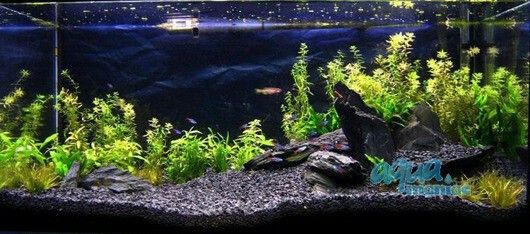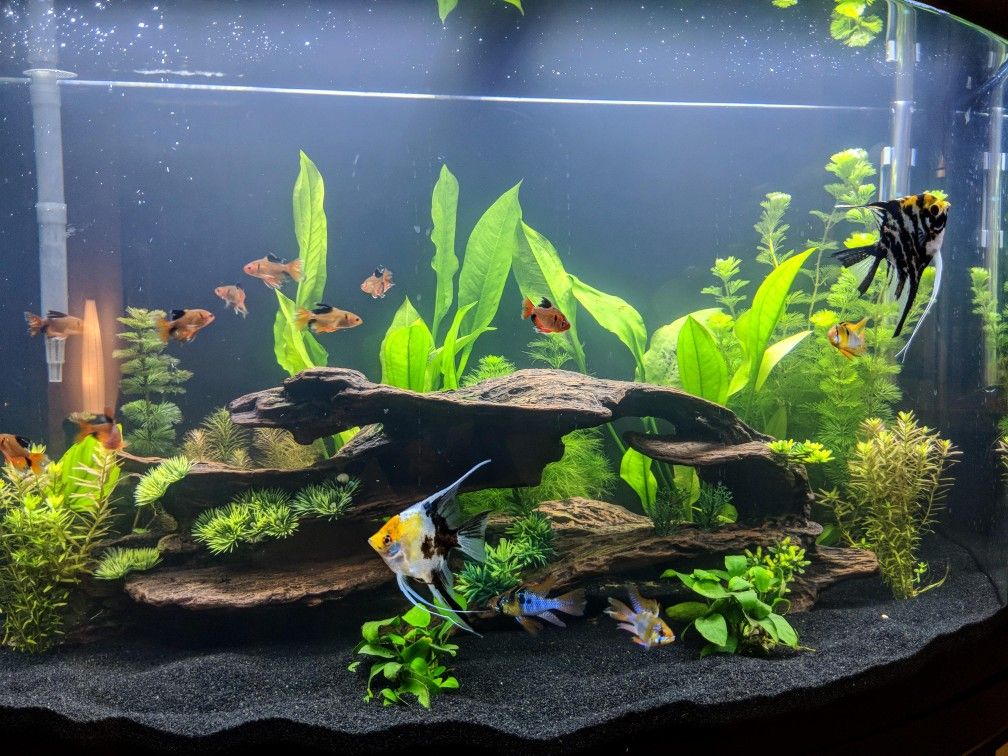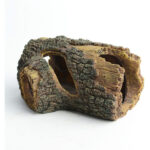When setting up an aquarium, many people focus on the tank, fish, and decorations—but overlook one crucial component: gravel for fish tank setups.
At first glance, gravel might seem purely decorative, but it plays a far bigger role. It influences your tank’s water chemistry, supports beneficial bacteria, anchors plants, and shapes the entire look of your aquatic world.
Whether you’re a beginner or a hobbyist looking to upgrade, this guide walks you through everything you need to know about fish tank gravel—from choosing the right type to maintaining it properly.
Table of Contents
Why Gravel Matters in Your Fish Tank
Gravel does a lot more than make your tank look pretty. It serves as the foundation of your aquarium’s ecosystem.
Key Benefits of Using Gravel:
- Biological Filtration: Gravel houses beneficial bacteria that break down fish waste and uneaten food.
- Aesthetic Appeal: Available in natural and vibrant colors to match your tank’s theme.
- Anchoring Plants: Essential for securing live or artificial plants.
- Comfort for Bottom Dwellers: Fish like corydoras and loaches love to sift and burrow.
- Prevents Cloudy Water: Unlike bare-bottom tanks, gravel traps debris at the bottom, reducing particles floating around.
Types of Gravel for Fish Tank Setups
Gravel isn’t one-size-fits-all. The right type depends on your tank type, fish species, and whether you have live plants.
1. Standard Aquarium Gravel
- Medium-sized, rounded stones
- Comes in natural or bright colors
- Easy to clean and ideal for most freshwater tanks
Best for: Beginner tanks, artificial plant setups, community fish.
2. Pea Gravel
- Slightly larger than standard gravel
- Natural-looking and smooth
- Less likely to trap waste
Best for: Goldfish tanks or tanks with larger species.
3. Gravel for Planted Tanks (Nutrient-Rich)
- Specially designed with nutrients like iron and potassium
- Promotes healthy root growth for live plants
Best for: Aquascaped tanks or tanks with rooted plants like Amazon swords.
4. Sand vs. Gravel
While not gravel, sand is often compared.
| Feature | Gravel | Sand |
|---|---|---|
| Cleaning | Easier | Tricky—can compact |
| Bacteria Growth | Excellent | Moderate |
| Fish Compatibility | Most species | Best for bottom-feeders |
| Aesthetic | Rocky, colorful | Soft, smooth look |
Tip: You can even mix fine gravel with sand for a hybrid look.
Choosing the Right Gravel for Fish Tank
Before you purchase a bag of gravel, consider the following factors:
1. Fish Type
Some fish prefer finer gravel, others do better with larger grains.
- Bottom-dwellers (loaches, corydoras): Soft, smooth gravel to protect their barbels.
- Goldfish: Larger gravel reduces the risk of accidental swallowing.
- Planted tanks: Fine gravel or plant substrate blends are best.
2. Tank Size
Smaller tanks look better with finer gravel, while large tanks can handle chunkier varieties.
3. Color
Choose natural tones (browns, grays) for a realistic look or vibrant colors for fun, kid-friendly tanks.
Note: Bright colors can reflect light and stress some fish, especially in low-light setups.
4. Material
Stick to aquarium-safe gravel only—avoid using gravel from construction sites or outdoor landscaping unless properly treated.

How Much Gravel Do You Need?
A good rule of thumb is 1 to 2 pounds of gravel per gallon of water.
For example:
- 10-gallon tank: 10–20 lbs of gravel
- 20-gallon tank: 20–40 lbs
Depth Tip: 1 to 2 inches is ideal for fish-only tanks. Go up to 3 inches if planting live flora.
How to Prepare Gravel Before Adding to Your Tank
Even if labeled “pre-washed,” you should always rinse gravel to remove dust or debris.
Steps:
- Pour gravel into a large bucket.
- Rinse with cold water.
- Swirl with your hand until the water runs clear.
- Drain completely before placing it in your tank.
Never use soap or chemicals—they’re toxic to fish.
Decorating with Gravel for Fish Tank Flair
Gravel doesn’t have to be plain or boring. Use it to enhance your overall tank design:
Design Ideas:
- Layered Look: Combine two colors (dark back, light front) for depth.
- Pathways: Use light gravel to create a “river” through darker substrate.
- Gravel & Stones: Pair with natural rocks for a mountain-scape feel.
- Color Blocking: Use colored gravel in sections for a bold, artistic look.
Keep decorations stable so fish can’t move or knock them over.
Maintenance Tips for Gravel
To keep your tank healthy and clean, maintain your gravel regularly.
Weekly:
- Use a gravel vacuum to remove waste and food particles.
- Stir gravel gently to prevent gas build-up (especially in deeper beds).
Monthly:
- Deep-clean one-third of the gravel using tank water.
Tip: Never clean all gravel at once—preserve beneficial bacteria.
Common Mistakes to Avoid with Gravel
Let’s help you avoid the biggest pitfalls:
- Skipping the rinse: Dirty gravel clouds the tank.
- Overstocking substrate: Too deep = trapped waste and harmful gases.
- Wrong type for your fish: Sharp gravel can harm sensitive species.
- Ignoring water flow: Fine gravel may clog filters if too loose.
Live Plants and Gravel: Do They Work Together?
Absolutely! But not all gravel is plant-friendly.
For rooted plants:
- Choose fine, nutrient-rich gravel.
- Consider mixing with plant-specific substrates or adding root tabs.
- Anchor plants properly to prevent them from floating up.
Best plants for gravel tanks:
- Java fern
- Anubias
- Amazon sword
- Vallisneria
These species don’t need deep planting and thrive with minimal substrate.
Gravel vs. Bare-Bottom Tanks
Some aquarists choose bare-bottom tanks for easy cleaning, especially in breeding or hospital tanks.
Gravel Pros:
- Looks natural and vibrant
- Supports bacteria and plant life
- Enhances fish behavior
Bare-Bottom Pros:
- Easy to clean and spot waste
- Ideal for breeding tanks or temporary setups
Ultimately, using gravel adds aesthetic appeal and biological benefits—but it comes with a bit more maintenance.
Final Thoughts: Setting the Foundation Right
Choosing the right gravel for fish tank setups is about much more than picking a color. It’s about creating a healthy environment for your fish, designing a visually appealing tank, and supporting beneficial bacteria and plants.
With the right gravel, you lay the groundwork—literally—for a thriving aquarium. From functional support to visual impact, it’s one of the most important decisions in your tank-building journey.
Take your time. Choose wisely. Rinse well. And enjoy watching your aquatic world come to life.



